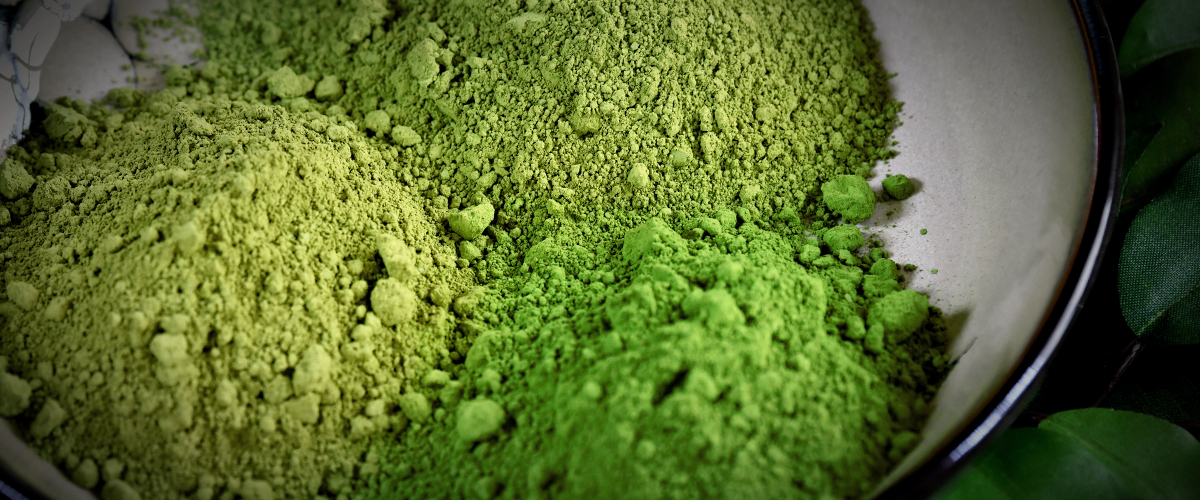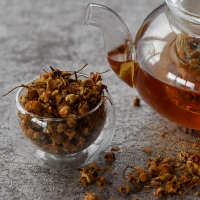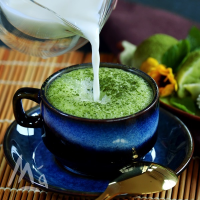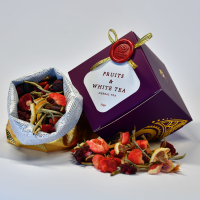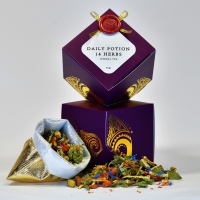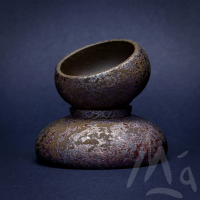All about Green Matcha
Green Matcha is a green tea powder made from Camellia sinensis, commonly known as the tea plant. Green Matcha can be used as a ceremonial or everyday tea, in lattes, smoothies, chia puddings, or to add a green, antioxidant-rich boost to your culinary masterpieces.
Matcha from the young leaves of green tea tree has become widely known due to the increasing worldwide desire for healthy lifestyles. Because of its rich chemical composition, matcha not only quenches thirst and has a unique flavour, but also has tangible benefits. Green tea Matcha is considered to be one of the super powder and healthiest drinks.

Green tea Matcha potential health benefits:
Read more
- A cup of matcha contains 127 times more epigallocatechin gallate than a cup of regular green tea.
- Matcha is famous for its antioxidant properties.
- Helps to cleanse the body of harmful substances.
- Helps increase resistance to disease.
- May help to prevent diseases of the digestive tract.
- With regular use, the liver, kidneys and intestines might be cleaned by removing heavy metals and toxins from the body.
- Possibly can bring significant relief from poisoning, as well as relieve a hangover.
- Acceleration of metabolic processes which make it useful in weight loss programs.
- May normalize cholesterol balance.
- Has a positive impact on insulin sensitivity.
- May strengthen the cardiovascular system.
- May help to stabilise blood sugar levels.
- May improve brain function. memory and concentration.
- Matcha tea contains vitamin C and polyphenols, which contribute to the destruction of cancer cells.
- Acts as a tonic restorative for all ages.
- May reduce visible signs of ageing. Please note that the above information is for general information purposes only and must not be used to treat or diagnose a medical condition. This list does not provide dosage information, format recommendations, toxicity levels, or possible interactions with prescription drugs. Any concerns must be referred to a health care professional. This information does not replace the advice of a doctor.
Matcha’s potential benefits
Scientists say about Matcha
Nutrition Facts for Green tea Matcha (green tea powder):
Read more
- Camellia Sinensis is a green tree that has many essential and vital nutrients is an unusually rare occurrence in nature.
- Thiamine (vitamin B1)
- Retinol (Vitamin A)
- Ascorbic acid (Vitamin C)
- Pyridoxine (vitamins B6)
- Riboflavin (Vitamin B2)
- Beta-carotene (turns into vitaminA)
- Vitamin E
- Vitamin P (Flavonoids)
- Theophylline and theobromine (are caffeine metabolites)
- Chlorophyll
- Saponins
- Tannins
- Antioxidants
- Calcium
- Potassium
- Iodine
- Iron
- Zinc
- Magnesium
- Copper Please note that below information is for general information purposes only and must not be used to treat or diagnose a medical condition. This list does not provide dosage information, format recommendations, toxicity levels, or possible interactions with prescription drugs. Any concerns must be referred to a health care professional. This information does not replace the advice of a doctor.
Nutrition Facts for Green Matcha (green tea powder)
Scientists say about Matcha
How to choose the best Green tea Matcha:
Read more
- Firstly, look at the colour: it should be bright green. The vibrant colour comes from the high levels of chlorophyll.
- Good quality matcha will not be cheap because of the highly labour-intensive production process. If you find cheap Matcha it’s probably ground sencha leaves, rather than real matcha.
- Matcha powder is a fine, velvety powder that feels smooth to the touch, like talc. Only the finest green tea leaves are used to make matcha tea powder.
- The most important criteria of the best Green tea Matcha is its taste. It should be bordered on the sweet aftertaste. The more bitter taste, the lower quality is matcha.
ecoMatcha tea harvest process:
Read more
Why is green tea matcha is expensive? Making matcha tea is a time-consuming process comprising very intensive manual labour. It is divided into several stages:- A few weeks before harvest, the plantations are covered from direct sunlight to increase chlorophyll levels (that is why high-quality matcha is bright green in colour), protect the tea plant and slow down the process of photosynthesis.
- The top young leaves are always harvested by hand for the best quality matcha.
- The collected leaves are steamed and then dried for days, away from the sun. The harvested leaves have limited access to oxygen to stop the oxidation process.
- To produce the best quality powder, the stems and veins are removed from the leaves after they are dried.
- In the final stage, the leaves are stone-ground into a fine powder.
Green Matcha tea or latte vs Coffee:
Read more
Body pH balance:Coffee helps to acidify the body’s pH while matcha consumed as a drink or in food helps to maintain an alkaline pH. It is essential to eat enough alkalizing food to maintain a healthy, balanced pH in the body. Given that most of the food we commonly eat has a high level of acidity, it is much better to start your day with a cup of matcha tea, a matcha latte or a matcha shake than with regular coffee (especially on an empty stomach). Why? Simply because it is healthy.
Body energy:
Matcha is a powerful energy booster, several times more efficient than coffee.
Both coffee and matcha tea contain caffeine. But the concentration of caffeine and its effects are not the same in the two beverages. Сaffeine, in the doses at which it is present in coffee, stimulates the production of cortisol and adrenaline. This means that the heart begins to beat faster, and physical processes similar to stress are activated in the body.
Unlike coffee, matcha contains insufficient caffeine to stimulate the production of cortisol. However, there is enough to speed up blood circulation. When you have a cup of matcha tea, the caffeine binds to antioxidants known as catechins. That combination releases caffeine into the bloodstream at a much slower pace.
Matcha also contains the amino acid L-theanine, which moderates the effect of caffeine. Together, these substances not only provide the body with a slow, steady energy supply for up to 10 hours, but also help the consumer to relax and cope with stress. In contrast to coffee, matcha tea does not create nervousness, insomnia and dependency with regular consumption.
L-theanine also contributes to the production of dopamine and serotonin. These substances raise the mood and help improve memory and concentration.
Please note that the above information is for general information purposes only and must not be used to treat or diagnose a medical condition. This list does not provide dosage information, format recommendations, toxicity levels, or possible interactions with prescription drugs. Any concerns must be referred to a health care professional. This information does not replace the advice of a doctor.

